Nosy Be Panther Chameleon for Sale: A Comprehensive Guide to Owning One of the Most Beautiful Exotic Pets
Exotic pets have captivated enthusiasts around the world, and the Nosy Be Panther Chameleon (*Furcifer pardalis*) is undoubtedly among the most sought-after species. With their vivid colors, mesmerizing eyes, and fascinating behaviors, Nosy Be Panther Chameleons make an exciting addition to any reptile collection. Whether you’re looking for a “nosy be panther chameleon,” “baby nosy be panther chameleon,” or a striking “blue nosy be panther chameleon,” this guide is designed to help you learn everything you need to know about acquiring and caring for one of these stunning creatures.
At New York Reptiles, we pride ourselves on offering expert advice and high-quality reptiles to responsible buyers. In this guide, we’ll explore everything from the origins of the Nosy Be Panther Chameleon to their physical traits, required habitat, diet, and more. By the end, you’ll be fully prepared to welcome one of these magnificent animals into your home.
Origins of the Nosy Be Panther Chameleon
The Nosy Be Panther Chameleon is native to Nosy Be Island, located off the northwest coast of Madagascar. This island is a tropical paradise, with dense forests, high humidity, and warm temperatures, making it the ideal environment for these reptiles to thrive. The vibrant colors for which the Nosy Be Panther Chameleon is known are partly a result of their natural habitat—rich with lush greenery and tropical plant life.
While Panther Chameleons are found in various parts of Madagascar, those from Nosy Be Island are particularly sought after for their unique and intense blue coloration. In the wild, this blue coloring allows them to blend into the tropical landscape, but in captivity, it’s one of the main reasons they are so beloved by reptile enthusiasts.
What Makes the Nosy Be Panther Chameleon Special?
The Nosy Be Panther Chameleon stands out from other chameleons due to its extraordinary appearance, unique behavior, and relatively docile nature. Here’s what sets them apart:
1. **Brilliant Coloration**: One of the most attractive aspects of a Nosy Be Panther Chameleon is its stunning blue hues. Adult males, in particular, are known for their electric blue or turquoise colors, sometimes with splashes of green or red. This dazzling display is most often seen in males, as females tend to be more muted in color.
2. **Color Communication**: These chameleons use their vibrant coloration to communicate with other chameleons. Whether they’re signaling dominance, courtship, or displaying stress, their changing colors serve as a form of non-verbal communication. Watching a Nosy Be Panther Chameleon shift from deep blues to lighter greens and yellows is truly a sight to behold.
3. **Independent Eye Movement**: Like other chameleons, the Nosy Be Panther Chameleon has independently moving eyes. This unique adaptation allows them to look in two different directions at once, giving them a 360-degree field of vision. This trait is particularly helpful for spotting prey or watching out for predators in the wild.
4. **Prehensile Tail**: Another unique feature of the Nosy Be Panther Chameleon is its prehensile tail. This tail acts like a fifth limb, allowing the chameleon to grip onto branches and stabilize itself as it moves through the trees.
Searching for a Nosy Be Panther Chameleon for Sale
If you’re on the hunt for a Nosy Be Panther Chameleon for sale, you’ve likely come across various listings online or at exotic pet shops. However, not all sources are created equal. When looking for a chameleon, especially a species as prized as the Nosy Be Panther Chameleon, it’s essential to find a trustworthy and reputable seller.
1. **Reputable Breeders**: The best place to start your search is with established and experienced breeders. Reputable breeders take pride in the health and care of their animals. They often provide lineage information and health certificates, ensuring that you are purchasing a well-bred, disease-free chameleon.
2. **Online Classifieds**: While online marketplaces may advertise Nosy Be Panther Chameleons for sale, exercise caution. Always verify the seller’s credentials, ask for photos of the chameleon in its current environment, and inquire about the animal’s health history. Many sellers will also offer shipping options, so if you’re looking for “baby nosy be panther chameleon for sale near me,” make sure the shipping methods are safe and reliable.
3. **Pet Stores**: Some exotic pet stores may offer Panther Chameleons, including the Nosy Be variety. However, pet stores can sometimes be hit or miss in terms of animal welfare. If you choose to purchase from a pet store, be sure to thoroughly inspect the chameleon and its living conditions.
4. **Price Range**: A Nosy Be Panther Chameleon can range in price from $300 to $700, depending on factors like age, sex, and coloration. Keep in mind that males tend to be more expensive due to their vibrant coloring.
Baby Nosy Be Panther Chameleons: What to Expect
If you’re considering getting a baby Nosy Be Panther Chameleon, there are a few things to keep in mind. Baby chameleons require more delicate care than adults, as they are still developing and are more susceptible to changes in their environment.
1. **Enclosure for Baby Chameleons**: A smaller enclosure is recommended for baby chameleons to prevent them from feeling overwhelmed or stressed. A baby Nosy Be Panther Chameleon will thrive in an enclosure that’s 16x16x30 inches. This allows them to find food easily and navigate the space without difficulty.
2. **Feeding Schedule**: Baby chameleons eat more frequently than adults. Feed your baby Nosy Be Panther Chameleon two to three times a day, offering small insects like pinhead crickets, fruit flies, or baby roaches. As they grow, you can gradually reduce the frequency of feedings to once daily.
3. **Hydration**: Like adults, baby chameleons do not drink from standing water, so you will need to mist the enclosure multiple times a day to ensure proper hydration. Install a drip system to provide a continuous source of drinking water.
4. **Growth and Development**: Watching a baby Nosy Be Panther Chameleon grow is a rewarding experience. As they mature, you’ll notice their colors becoming more defined and vibrant. By 9 to 12 months, most males will display their full adult coloration.
The Majestic Blue Nosy Be Panther Chameleon
One of the most sought-after variations of the Nosy Be Panther Chameleon is the “blue nosy be panther chameleon.” This version of the Panther Chameleon is prized for its bright, vivid blue coloring, which is especially pronounced in males. The blue coloration can range from deep sapphire tones to lighter shades of turquoise and teal. Some individuals may even display slight hints of red, orange, or yellow in certain areas, adding to their appeal.
If you’re specifically searching for a blue nosy be panther chameleon, be aware that not all chameleons from Nosy Be Island are solid blue. Some may show more green or yellow tones, but reputable breeders will be able to provide you with lineage information and photos to ensure you’re getting the exact chameleon you want.
Creating the Ideal Habitat for a Nosy Be Panther Chameleon
Once you’ve secured your Nosy Be Panther Chameleon, the next step is creating an appropriate habitat. Chameleons are sensitive to their environment, and providing a well-designed enclosure is crucial for their health and well-being.
1. **Enclosure Size**: For an adult Nosy Be Panther Chameleon, you’ll need an enclosure that’s at least 24x24x48 inches. Since these reptiles are arboreal (tree-dwelling), vertical space is essential. The more room they have to climb and explore, the better.
2. **Lighting and Heating**: Proper lighting and heating are vital for the health of your Nosy Be Panther Chameleon. They need access to both UVA and UVB light, as UVB rays help them synthesize vitamin D3, which is necessary for calcium absorption. Place a basking lamp in the enclosure to create a warm spot with temperatures between 85-90°F, while the cooler area of the enclosure should be around 70-75°F.
3. **Humidity**: Nosy Be Panther Chameleons require a humidity level of 60-80%. Misting the enclosure several times a day and using live plants can help maintain the necessary humidity levels. Installing a hygrometer will allow you to monitor the enclosure’s humidity accurately.
4. **Plants and Foliage**: Adding live plants like Ficus, Pothos, or Hibiscus not only increases humidity but also provides natural hiding spots and climbing structures for your chameleon. Ensure that all plants are non-toxic and pesticide-free.
5. **Substrate**: A moisture-retentive substrate like coconut fiber or reptile carpet is ideal for maintaining humidity levels. Avoid loose substrates like sand, as these can cause impaction if ingested.
Proper Diet for Nosy Be Panther Chameleons
Nosy Be Panther Chameleons are insectivores, meaning their diet primarily consists of live insects. Offering a variety of insects will ensure your chameleon gets the nutrition it needs.
1. **Staple Foods**: Crickets, dubia roaches, and silkworms are excellent staple foods for Panther Chameleons. These insects should be gut-loaded (fed nutritious foods) before being offered to your chameleon, as this ensures they are packed with essential vitamins and minerals.
2. **Supplementation**: Dusting your chameleon’s food with calcium powder (without D3 for regular feedings and with D3 once a week
) is necessary to prevent metabolic bone disease. A multivitamin supplement should also be given every two weeks.
3. **Occasional Treats**: Waxworms, hornworms, and butterworms can be offered occasionally as treats. These insects are high in fat, so they should not be part of your chameleon’s regular diet.
4. **Hydration**: Chameleons do not drink from standing water, so providing a drip system or misting the enclosure several times a day is essential. The water droplets that form on leaves and plants will serve as their primary water source.
Handling and Behavior of Nosy Be Panther Chameleons
While Nosy Be Panther Chameleons are visually stunning, they are not typically pets that enjoy handling. They are more of a “look but don’t touch” type of pet, making them ideal for reptile enthusiasts who are fascinated by observing their behaviors.
1. **Handling**: Nosy Be Panther Chameleons can become stressed if handled too frequently. However, with patience and slow, gentle movements, some chameleons may tolerate occasional handling. Always allow the chameleon to walk onto your hand rather than picking them up, as this reduces stress.
2. **Territorial Nature**: Males, in particular, can be very territorial. It’s important not to house multiple adult males in the same enclosure, as this can lead to aggression. Females are generally more tolerant of each other, but it’s still advisable to house chameleons separately.
3. **Signs of Stress**: Stress in chameleons can manifest in several ways, including darkening of their skin color, refusal to eat, or hiding excessively. If you notice any of these signs, it’s important to evaluate their environment and handling routine to ensure they feel safe and secure.
Conclusion: Bringing Home Your Nosy Be Panther Chameleon
The Nosy Be Panther Chameleon is truly a marvel of nature, with its vibrant colors, unique behaviors, and independent eye movements making it a fascinating pet to own. Whether you’re captivated by the bright blue hues of a “blue nosy be panther chameleon” or the adorable nature of a “baby nosy be panther chameleon,” these reptiles are sure to bring excitement to your home.
At New York Reptiles, we are committed to helping you find the perfect Nosy Be Panther Chameleon for sale. With proper care, attention, and the right environment, your chameleon can live a long, healthy, and vibrant life.
By following the guidance provided in this comprehensive guide, you’ll be well-equipped to care for your new Nosy Be Panther Chameleon and enjoy the rewarding experience of owning one of the most beautiful and exotic pets on the planet.
Be the first to review “Nosy Be Panther Chameleon For Sale – 1 Best Exotic Pets for Sale” Cancel reply
Related products
Rated 4.50 out of 5
$3,500.00


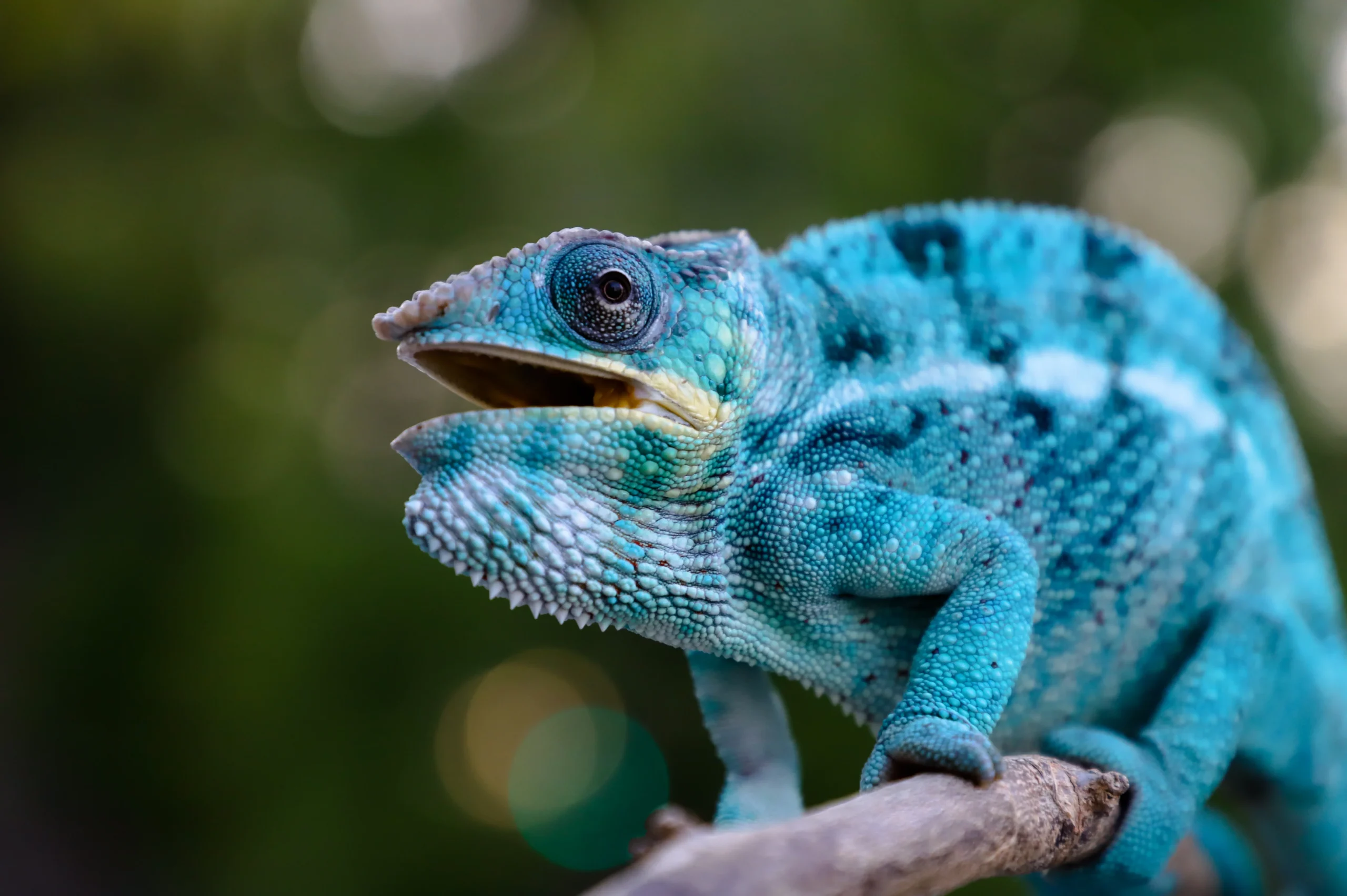
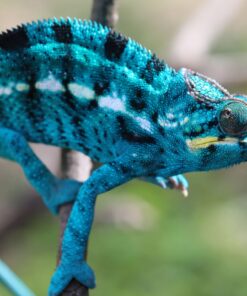
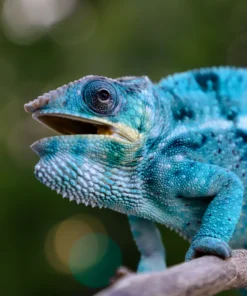
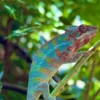
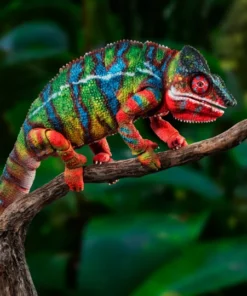
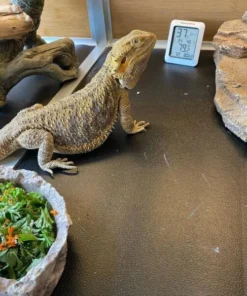


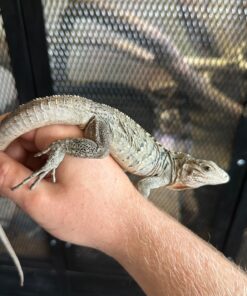
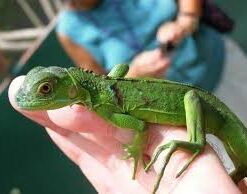
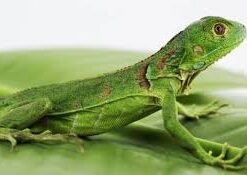
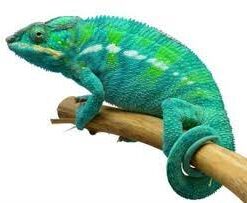
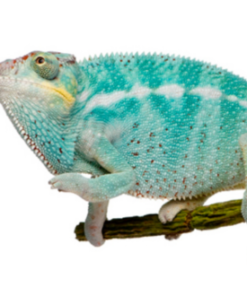



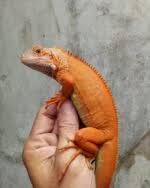
Reviews
There are no reviews yet.